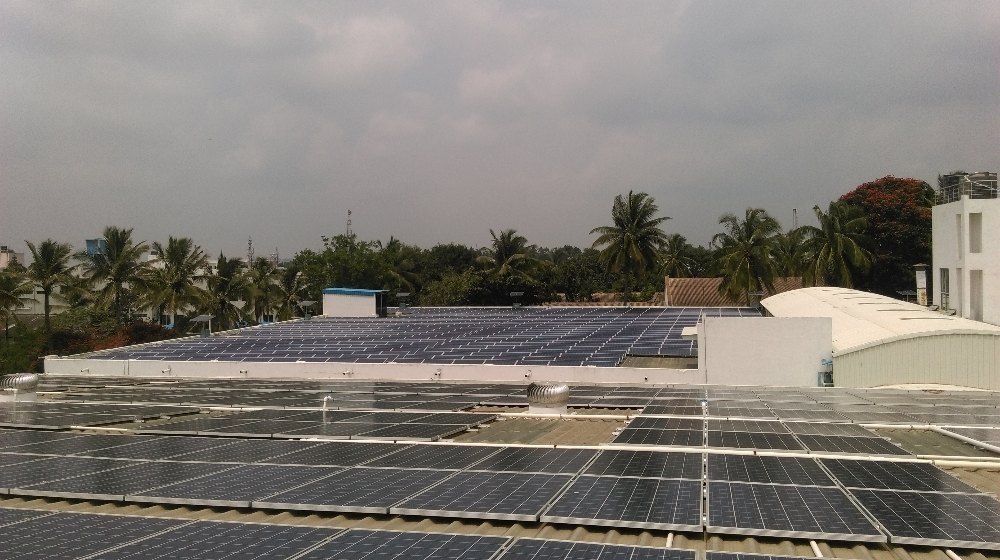OPEX(Rooftop and Ground Mounted)
The OPEX (Operational Expenditure) model for solar and wind energy projects, including on-site (rooftop) or off-site (ground-mounted), is an innovative and cost-effective approach for businesses and consumers to adopt renewable energy without upfront capital investment.
Under this model, the project is owned by a Renewable Energy Service Company (RESCO), and the consumer pays only for the energy produced, making it a popular choice for energy efficiency and sustainability.
Key Features of OPEX (RESCO) Model:
1. No Upfront Costs:
The RESCO bears the full investment of setting up the solar or wind energy project.
The consumer avoids high capital expenditure and only pays for energy consumption.
2. Pay for Energy Consumption:
Consumers are billed for the actual energy generated by the system, typically at a lower rate than conventional grid electricity.
This provides predictable energy costs and immediate savings on utility bills.
3. On-site and Off-site Solutions:
On-site (Rooftop): Solar panels are installed on the consumer’s premises, such as rooftops, providing direct energy to the business or household.
Off-site (Ground Mounted): In this case, the energy is generated from a remote location (e.g., a solar farm or wind farm) and supplied to the consumer through the grid.
4. Long-term Contracts:
Typically, the consumer enters into a Power Purchase Agreement (PPA) with the RESCO for a fixed period (usually 15–25 years).
The agreement defines the energy rates, which are often lower than standard utility rates.
5. Maintenance & Operations:
The RESCO is responsible for the operation, maintenance, and performance of the system, ensuring minimal hassle for the consumer.
This is particularly attractive for businesses that want to focus on their core operations without managing energy systems.
6. Sustainability and Energy Independence:
The OPEX model helps businesses and households reduce their carbon footprint by using renewable energy.
It also provides a buffer against fluctuating grid energy prices, leading to long-term energy security and cost savings.
Benefits of the OPEX Model:
Affordability:
No initial investment makes this model accessible to businesses and consumers looking to go green without large upfront costs.
Operational Efficiency:
The consumer only pays for energy used, offering flexibility and clear savings.
Scalability:
The model can be scaled for both small businesses and large enterprises.
Risk Mitigation:
The RESCO takes on the risk of system performance, allowing the consumer to benefit from energy savings without operational or financial risks.
This model is particularly beneficial for businesses looking to meet sustainability goals, reduce operating costs, and enhance energy efficiency while minimizing financial risks associated with renewable energy adoption.


